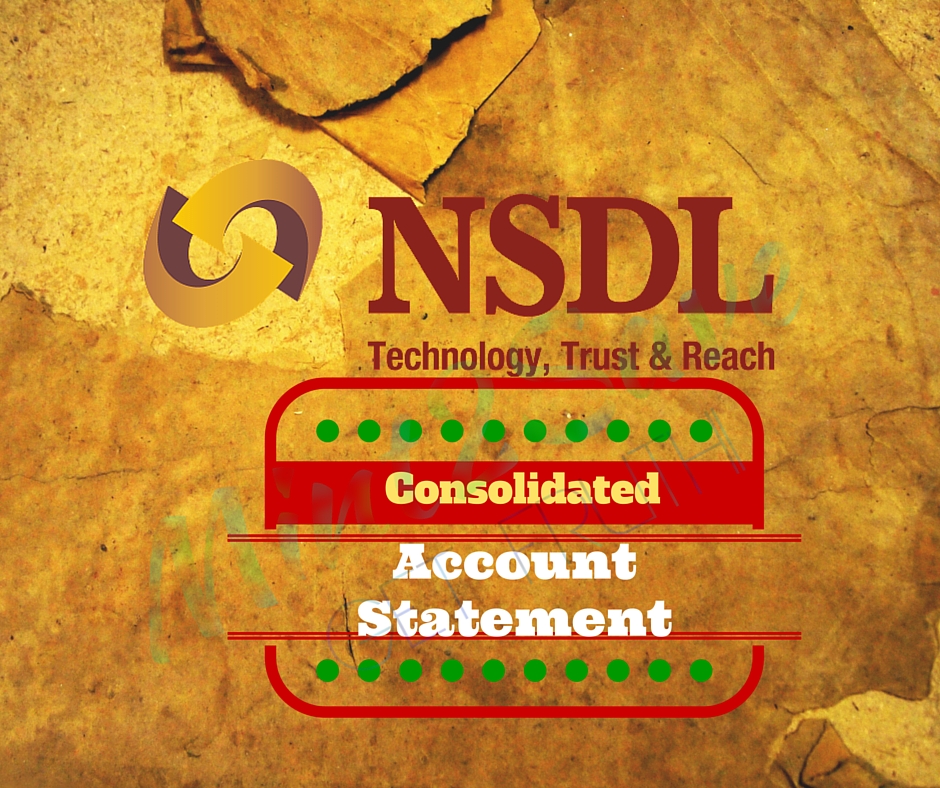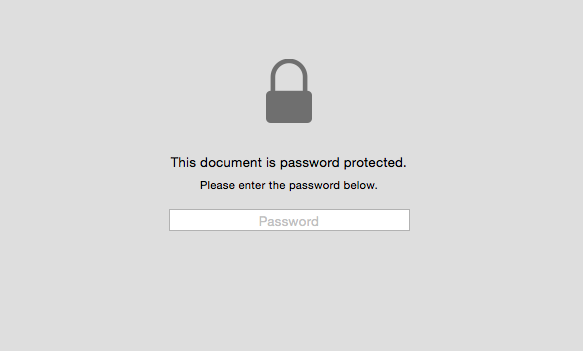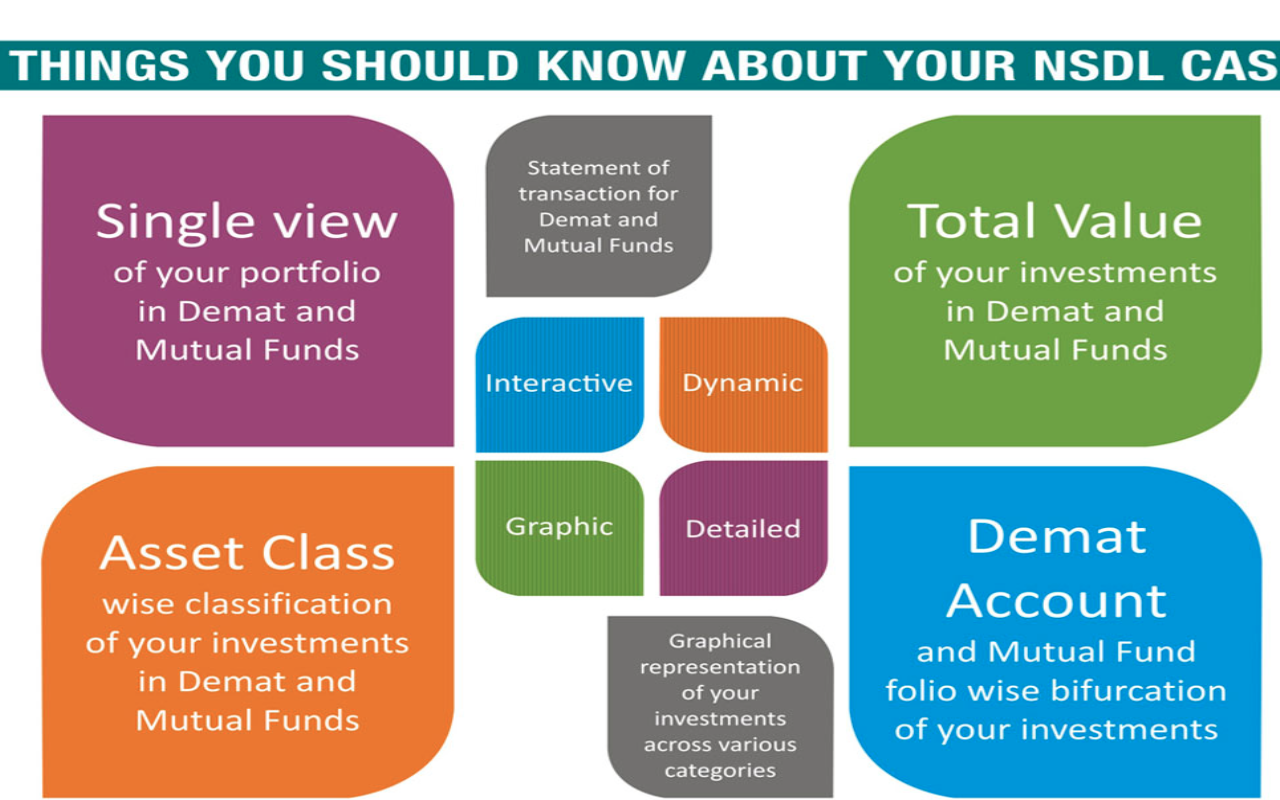Understanding NSDL CAS
- 9 June 2016 | 2464 Views | By Mint2Save

They say ” do not put all your eggs in the same basket”, pretty correct. But how to keep a track of all baskets, when you have a dozen of them?
Tuning it to the investment language, how are yo going to keep record of all your investments? Well, the fixed deposits and recurring deposits assure you of fixed earnings and usually we get concerned about their is only when these bank deposits mature or the bank is about to merge (a very rare scenario in the Indian banking system).
Coming to the mutual funds and stocks, it would be really beneficial to get a look on the consolidated sheet of returns and track where your investment are heading.
A lot of apps are available that enable to track these investments. Adding to that are the dedicated apps and toll free numbers which the mutual fund company or stock exchange provides. The former gives a sense of intrusion to your financial planning as these apps do market your data for various products and services. Toll free numbers make it messy as every class of investment has a different number to contact to.
Adding an easy solution to these investments tracking is the NSDL(National Security Depository Limited) -CAS. CAS, abbreviation for Consolidated Account Statement, is an electronic and password protected statement, regularly emailed on a monthly basis, which details about your equity/share and mutual fund investments. So, how does it look like? Is it easy to understand? Does it give every piece of information that we want? Let’s find out in this info article.
Once you access the file for CAS, you are asked for a password, which, is your PAN Card number in CAPS Lock. Enter it and you get access to a 7 (or may be more)page document.
The first page contains a welcome note and basic information about the NSDL-CAS statement.

On the upper side, you can see the tabs of all the different sections such as summary, holdings, transactions etc. Clicking on these would direct you that page.
On the next page, your address, along with the summary of your investment demat account and mutual fund portfolios. The bottom part is acquired by the trend in the portfolio and the growth of all your investments. On this page, you can even see the information regarding your insurance details (if you have converted them into electronic form). The demonstration CAS statement we explore in this article does not contain any detail about insurance, hence, we get a 7 page CAS. It could have got to even 9 or 10 pages, if there were more investment classes registered with NSDL.
Page 3 details about your holdings. You can have a look at what and how much have invested in stocks. After stocks, you get detailed about the mutual funds, their NAV, and number of units in your account.
Page 4 takes up any recent transactions that you made in the month for which CAS has been generated. This would cover any of your share buying- selling details. In case of mutual funds, the details of the purchase of units are there.
Page 5 gives an insight on the customer care channel for the mutual funds, with the exit load and other important disclosures. Page 6 and 7 are informative pages that detail about NSDL and the CAS.
How is NSDL able to collect all the data? It tracks the same through your PAN Card.
How to get the NSDL CAS statement? If you have registered your email ID with the investments you have made, you should be getting CAS every month. If not, time to update your KYC. Visit the website of NSDL CAS for more information: https://nsdlcas.nsdl.com











